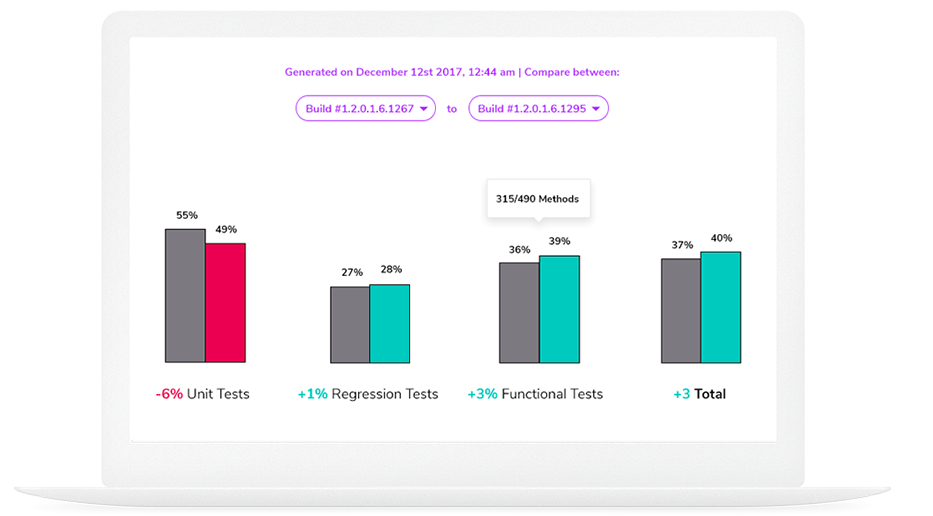SeaLights for Quality Assurance
Prioritize Tests with Smart Analytics and Improve Code Coverage for Functional Tests
Automated Test
Prioritization
With a myriad of exponentially growing tests being executed from build to build, running tests in the correct order is imperative. Execute tests based on their importance to fail faster and save time. Tests focusing on high risk areas, recently changed code, and failed tests should always be run first. With SeaLights you will be able to identify redundant and ineffective tests and then remove them without increasing risk.
Exploratory Test
Code Coverage
Exploratory testing is simultaneous learning, test design, and test execution of critical areas in the application. It is an efficient method to provide rapid feedback and uncover critical bugs in newly released features. As these tests are manual and their execution duration is longer and more expensive, it’s important to minimize overlap with other test types. Gain visibility into which code areas are being tested with manual and exploratory tests to improve team efficiency and speed.
Functional Test
Code Coverage
Applications are developed with multiple builds each containing unique incremental code changes. In today’s reality of incremental code changes, especially functional, API and regression testing, CI/CD pipelines need simple Functional Test Code Coverage to enable visibility and quick feedback loops.
Automated Test Prioritization
With a myriad of exponentially growing tests being executed from build to build, running tests in the correct order is imperative. Execute tests based on their importance to fail faster and save time. Tests focusing on high risk areas, recently changed code, and failed tests should always be run first. With SeaLights you will be able to identify redundant and ineffective tests and then remove them without increasing risk.
Exploratory Test Code Coverage
Exploratory testing is simultaneous learning, test design, and test execution of critical areas in the application. It is an efficient method to provide rapid feedback and uncover critical bugs in newly released features. As these tests are manual and their execution duration is longer and more expensive, it’s important to minimize overlap with other test types. Gain visibility into which code areas are being tested with manual and exploratory tests to improve team efficiency and speed.
Functional Test Code Coverage
Applications are developed with multiple builds each containing unique incremental code changes. In today’s reality of incremental code changes, especially functional, API and regression testing, CI/CD pipelines need simple Functional Test Code Coverage to enable visibility and quick feedback loops.
How SeaLights for Software Development Works
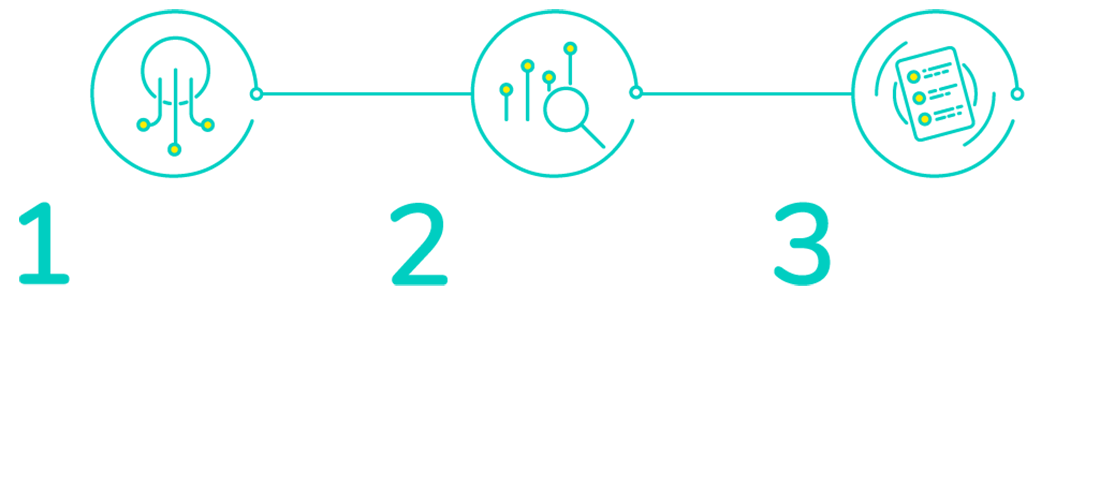
AGGREGATE
We collect your most relevant data from all teams and tools, in real time
ANALYZE
We perform advanced analytics, calculations and statistics to your high volume data and share meaningful information
ACTIONABLE INSIGHTS
We highlight the most critical areas to develop tests, provide test execution priority, visibility to end-user code execution and risky code areas that are not tested at all
We Support Everything

























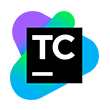

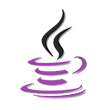
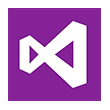
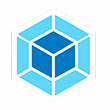
We Support Everything
 |
 |
 |
|---|---|---|
| Angular | Apache Ant | Apache Maven |
 |
 |
 |
| AVA | Babel | Bitbucket |
 |
 |
 |
| Blaze Meter | C# | Circle CI |
 |
 |
 |
| Cucumber | Github | GitLab |
 |
 |
 |
| Gradle | Jasmine | Java |
 |
 |
 |
| Jenkins | Karma | Load Runner |
 |
 |
 |
| Mocha | NUnit | Protractor |
 |
 |
 |
| Python | React | Sahi |
 |
 |
 |
| Soasta | Team City | Telerik |
 |
 |
 |
| TestNG | TFS | Webpack |


